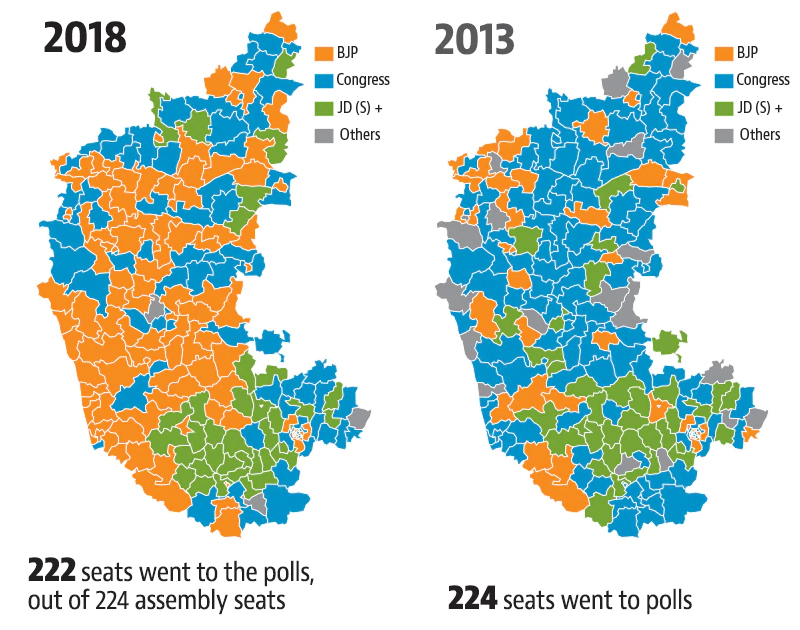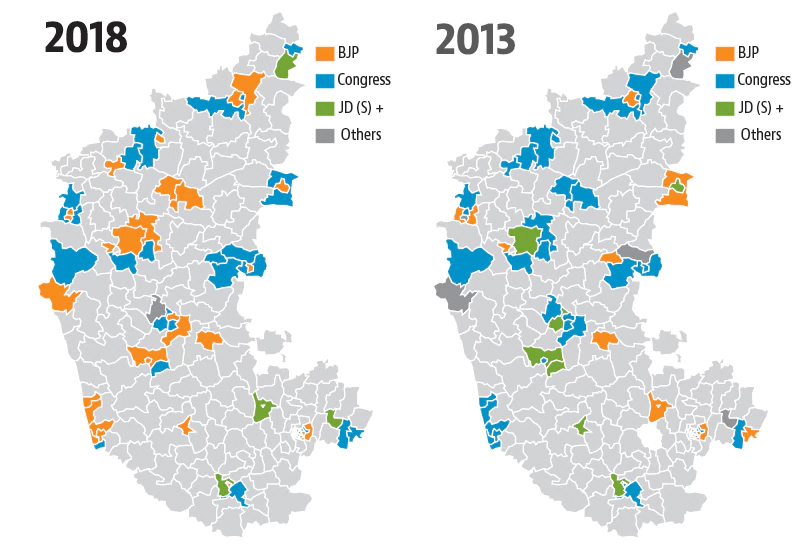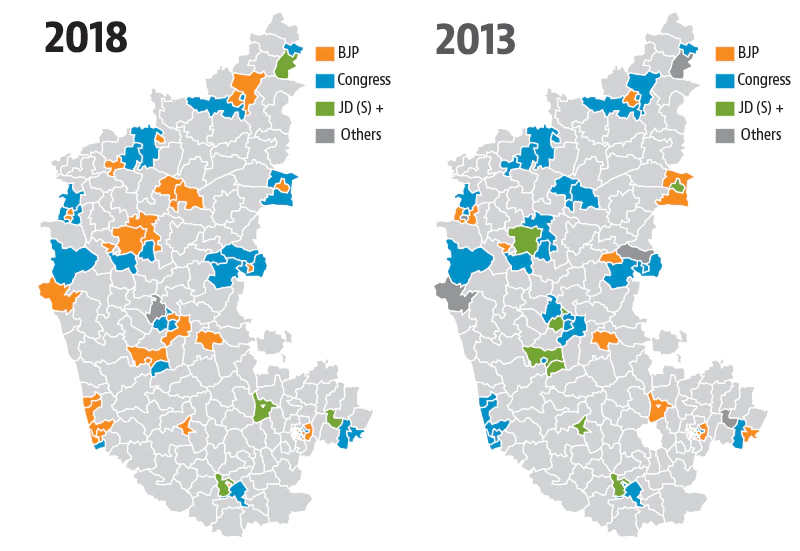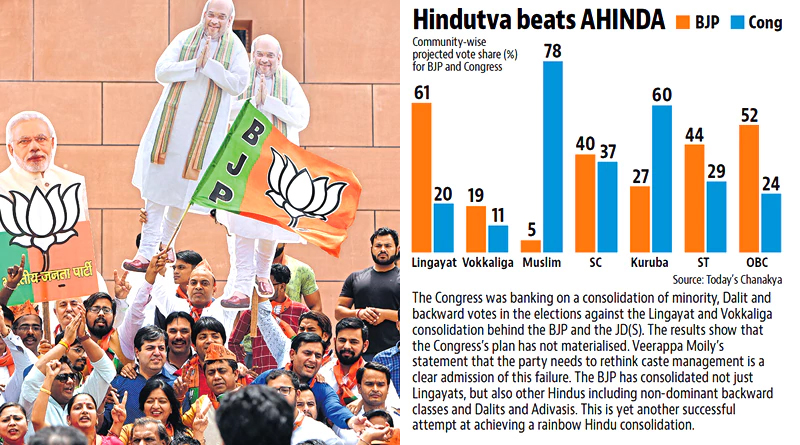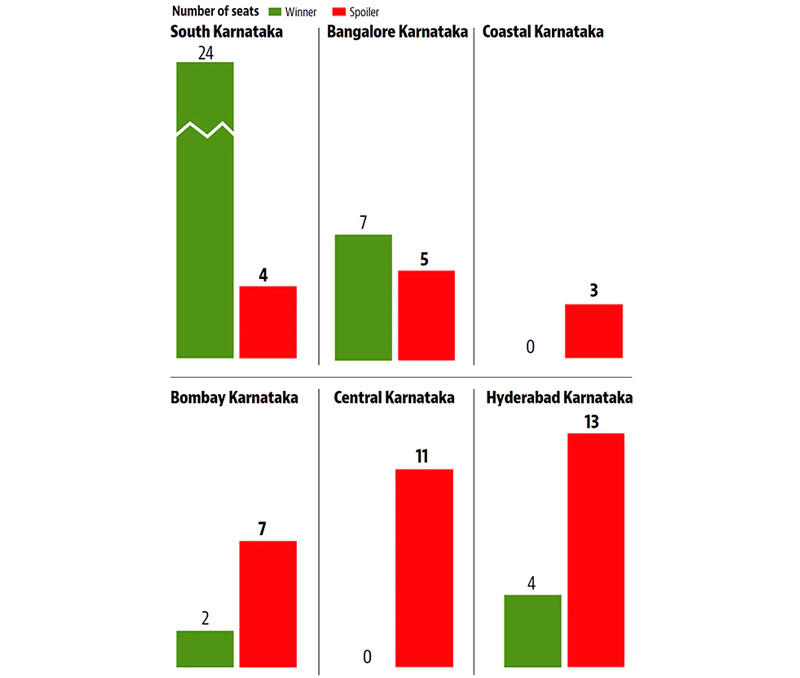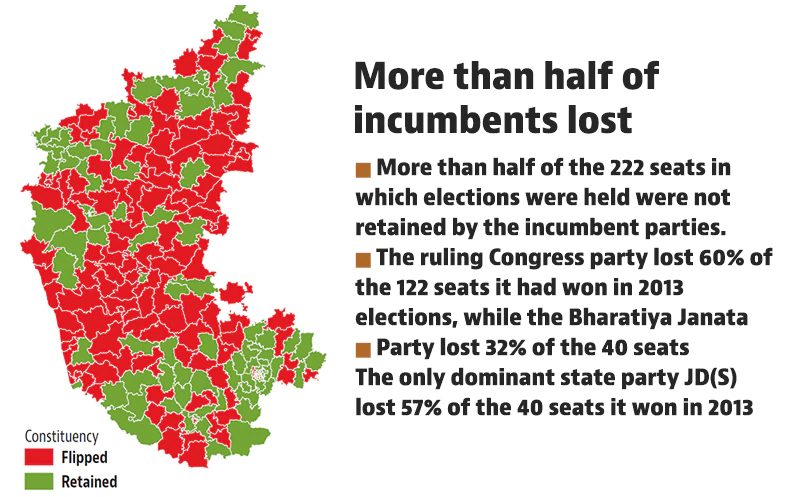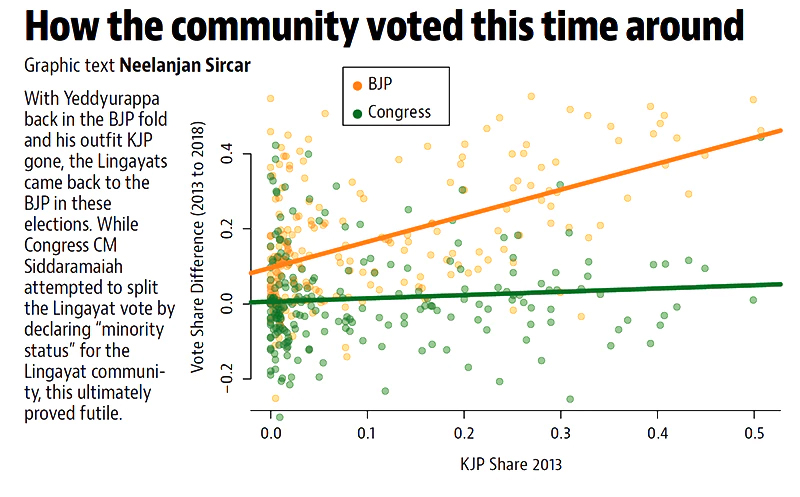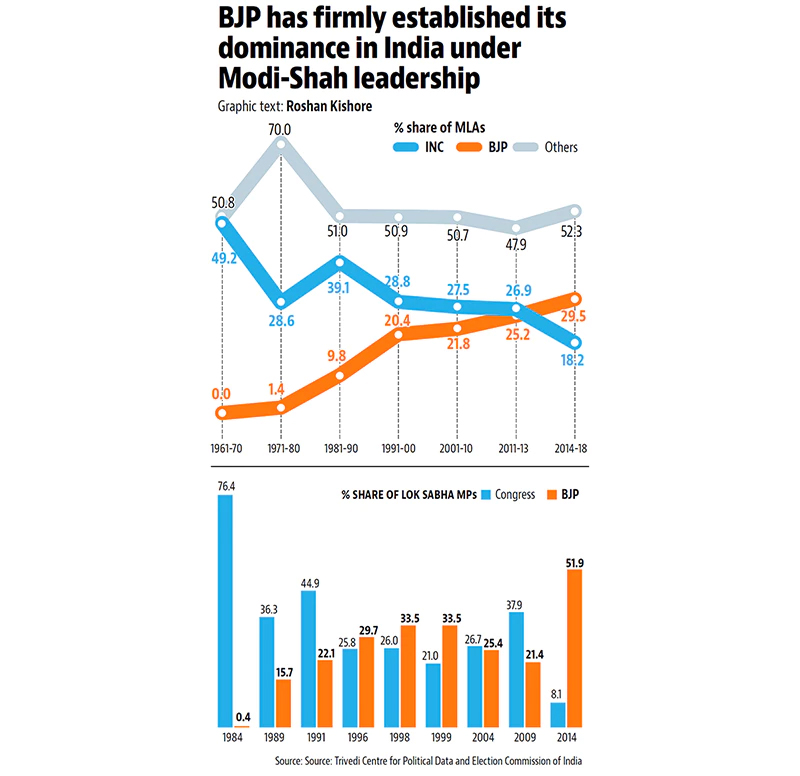
KANCHI KOLHI EXPLAINS
ENVIRONMENTAL JUSTICE RIGHTS
The state government of Andhra Pradesh is preparing to amend The Right to Fair Compensation and Transparency in Land Acquisition Act (RFCLARR), 2013 in order to acquire land for the new proposed capital city of Amravati, in the footsteps of the Gujarat state government. A move of this kind would greatly disadvantage the farmers whose land is at stake, compromising their rights. In the interview below, Kanchi Kohli, the Legal Research Director at the CPR-Namati Environment Justice Program, explains this in greater detail.
Can you explain the specific provisions in The Right to Fair Compensation and Transparency in Land Acquisition Act (RFCLARR), 2013, and how these provide protection to farmers’ lands?
There are few provisions in the RFCLARR, 2013 that look to strengthen the position of those whose lands are being acquired or whose livelihoods and rights would be affected by the acquisition. One is the need for prior consent of 70 to 80% of land owners depending on whether a project is a public-private partnership or entirely private sector owned. Another is a thorough Social Impact Assessment (SIA) to determine all people affected (other than land owners), and a process for determining and putting together a Rehabilitation &Resettlement (R & R) plan. There are also provisions relating to the repatriation of land or possible higher compensations, in case it has remained unused.
Can you explain the Social Impact Assessment in more detail?
Broadly speaking SIA is a process to understand the nature and extent of impacts on lives and livelihoods of people living in or dependent on the land being acquired. Although there are apprehensions expressed by industry and its associations that the SIA process will lead to delays in land acquisitions, at least two aspects of the SIA process as prescribed under the RFCLARR, 2013 are critical for a democracy.
One of the first objectives of the SIA is to determine whether the acquisition is for a ‘public purpose’ or not, as land cannot be acquired under the 2013 law otherwise.
Second, is to determine the people who would be affected by acquisition of the land, including farm labourers, users of a forest, pastoralists, artisans and several other occupations that have always been left out of the rehabilitation and compensation processes. This process needs to be carried out by the District Collector in collaboration with the panchayats, gram sabhas and municipalities and a public hearing has to be conducted to ascertain if the impact assessment is adequate. It is only after this that a Social Impact Management Plan is prepared.
What are the proposed amendments and how would these dilute the Act?
The Principal Act of 2013 allows states to create rules under the Act (Section 109). If one is to go by this news report, the Andhra Pradesh government is seeking to move amendments similar to that carried out by Gujarat. One significant change is the introduction of a section, which allows for some projects to be exempt from the SIA and food security related protection (discussed below).
According to the national legislation, SIA is mandatory and multi-cropped land is to be acquired only in exceptional circumstances. However, the Gujarat state rules, drawing from the 2014 ordinance put out by the Central Government, exempts defence and national security projects; projects related to rural infrastructure; affordable housing; industrial corridors of State governments and its undertakings; and infrastructure projects, from SIA and food security related safeguards–effectively rendering these protections invalid.
If Andhra Pradesh were to adopt similar amendments for the acquisition of land for the new state capital, the rights of land owners and those tilling the land, could be seriously compromised.
How can the Act be interpreted differently from state to state? And with respect to that how have the amendments played out in Gujarat?
In our working paper, co-authored with Debayan Gupta, we have tried to assess how Section 109 has been used in nine states and how it affects sections such as consent, SIA, determination of compensation, and applicability of the food security clause. While some of these amendments are in the form of clarifying procedures or giving clear timelines for processes, others are seeking to work around the national rules, which state governments find cumbersome to implement.
It is yet to be empirically assessed how these amendments have played out in Gujarat.
Is Andhra Pradesh government changing its land acquisition procedures, and how will this affect the farmers of Amravati?
As has been widely reported, Amravati is the new capital for Andhra Pradesh following its bifurcation in 2014. The state government has lauded it to be a people’s capital with state-of-the-art infrastructure and is seeing it as an opportunity to create a world class city. A land pooling scheme has been put in place by the state government to bring together the 33000 acres of land required for the construction of the city, which reportedly several farmers have responded to positively.
However, the state government’s current move is to acquire the remaining land which that has not been pooled in through the acquisition process. The news report quotes the Agriculture Minister assessing this land at almost 6000-8000 acres. With the proposed amendment this would happen without an SIA and acquisition would be possible as food security safeguard provisions would not apply. More importantly, the livelihood dependence on this area would neither be assessed nor compensated for.
What is the likelihood of other states following suit? And if there is a domino effect of this kind, how can people’s rights be protected eventually?
A RFCLARR ordinance of 2014 and the proposed amendments to the 2013 Act drawing from the ordinance, had already put the above mentioned idea on the table. Large scale opposition within the parliament and by farmer’s organisations led to the setting up of a Parliamentary Standing Committee. This Committee had received several technical submissions, including by CPR-Namati Environment Justice Program, on the legal and constitutional tenability of the proposed amendments.
Even though the national law has not been amended so far, several provisions put forth have been built into the state rules. For instance, some states like Telangana, Andhra Pradesh, Gujarat and Tripura have proposed to do away with prior consent entirely.
Since the focus of the amendments to this law has shifted to the state rules and land acquisition is a process entirely under the administration of the state governments; it is important for us to follow these proposed amendments closely. Whether it is enhancing the national provisions, protecting safeguards or reversing the dilutions will require an active engagement of many interested in democratic decision making in India.






